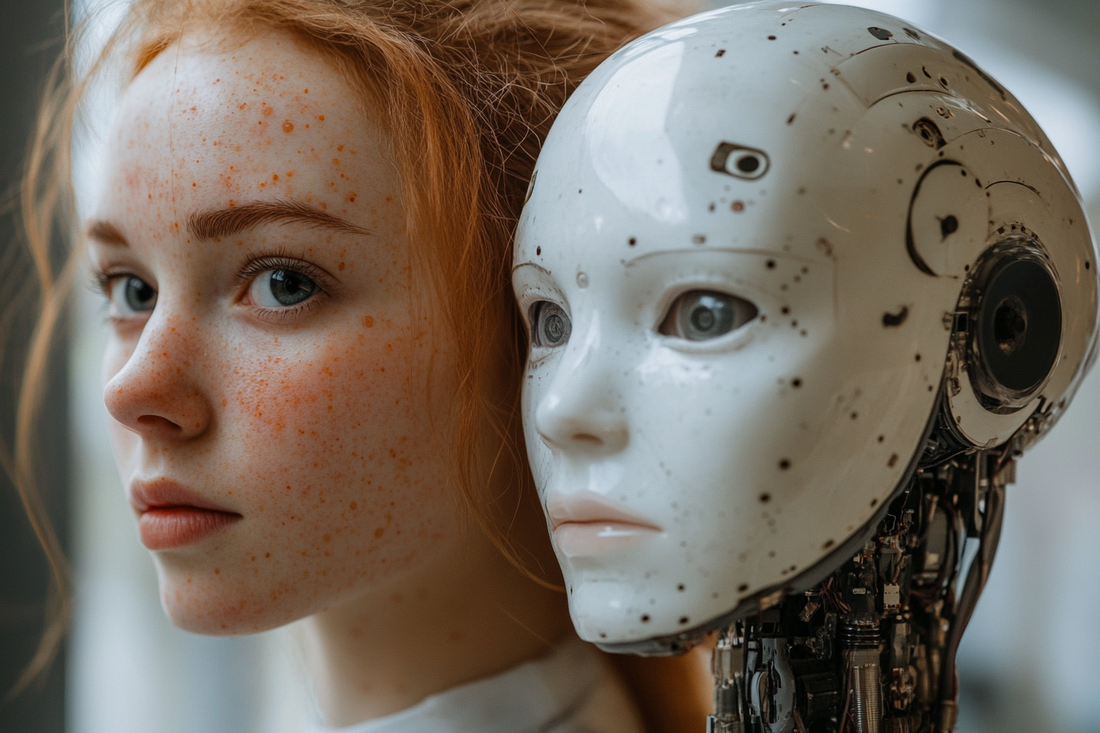
How to Spot a Fake Face Swap Video
Share
The world is becoming filled with AI content. Some are innocent enough, like memes and GIFs, but some have become the center of debate to the point that users have become borderline obsessive over searching out any sign of AI influence (like with the AI Image Generated content). As AI becomes better and better, we will no doubt start seeing laws in place that demand a watermark in the corner for any AI-modified or generated content (partial laws like that already exist in certain countries). Moreover, misinformation is ripe in the industry, and the Face Swap tech just happens to be the troll master sowing it around for the laughs. Being able to detect and tell apart reality from the truth is part of media literature, the same as learning to find warpings in the image of that suspiciously thin and busty model on Instagram.
Other Than Face Swaps
We will be doing a rundown of Face Swap influence and "fingerprints" with a side of Deepfake, but you should know that almost any AI software is capable of creating convincing trickery. You probably already know the infamous Discord chatbots or the ones that keep flooding the YouTube comment sections without mercy or decency. This can go a step further with AI that can imitate voices and intonations. In most cases, text and voice media can be told apart with some finesse or closer inspection. Voices will have choppy intonations or odd breathing patterns, or maybe they speak too slowly. The details on the best can be small and almost invisible, but it's there. As for the chatbots made to trick you, some wordplay and commands are enough to break the ruse.
What To Look For To Spot Face Swap
Since Face Swap works on both images and videos, you will have your hands full. Contrary to what you might first think, videos are far easier to tell apart than any old image. Image editing is the jam of Fac Swap AI, and it's very difficult to tell it apart from the rest. On the other hand, video changes are more difficult, and there are bound to be some odd creases and mistakes.
- Get Really Close: If an image looks too normal, then you will need to zoom in. The closer you are, the more you can see. Don't hesitate to get so close that the only thing you are seeing is a singular blob of color. Here, the flaws will begin to show like weird shadows, lack of continuing blemishes like veins or scars, odd-looking hair, and much more. Not even a human can take everything into account, and the AI will also miss out on something like eyelashes.
- Too Smooth: If something looks too smooth or almost fuzzy, then it's likely a Face Swap. No face can shine like a rubber ball, and there should be many blemishes or shadows that cause changes.
- Off Color: If the skin color looks odd or unnatural, you should likely look closer because it's likely a Face-swapped face.
- Hair Looks Strange: Hair is a body part that often does whatever it wants. It consists of hundreds of individual parts, parts that an AI will struggle to handle. Hair might melt into the skin; it might look too puffy or something else of the sort.
- Blurry Blending Lines: Sometimes, the AI has a select influence, and within this box, it will do its job like a caffeine-reliant office worker. You might be able to spot strangeness outside of this region, like weird blending into the skin or facial features like creases that disappear once the line is crossed.
- Face Looking Straight: A secret among Face Swap users is that the AI works best only if the subject is looking straight at the camera and it supports little head movement. If all images are looking forward and there is very little face turning, then you have likely stumbled upon something that can be or has been altered with AI Face Swap tools for whatever reason.
- Mout Moves Weird: In videos, there are many animated parts for the AI to consider, and the biggest problem is that it's using a still image. As such, it often fails to match the mouth with the new face, creating a weird tempo.
- Blinks Melt: Similar to the eyes, blinks might melt into the skin, or something strange might happen around the rim of the eyes.
- Objects Inside The Mouth: Images or videos that feature objects inside the mouth pose some of the greatest challenges for the AI. The machine is not able to handle non-faces. As such, objects inside the mouth will likely clip the blending or cause a strange crease in the blending that otherwise wouldn't be there.
- Object Obstructions: Objects that cover the face, like glasses, hair, and hands, also might mess with AI and leave some traces behind for you to spot.
- Wrong Biology: This is more commonly seen in Deepfakes, but the body construction might look strange. Such flaws include two left feet, a wrong hand holding an object, weird neck shapes, an odd nose, and more.
Stay Vigilant
These are only some of the signs we look for, but there are many more out there. The most important of our suggestions is to look very closely and to trust your gut. Human subconsciousness is extremely good at detecting something uncanny or unusual, and if you ever feel something is off, you should probably double-check. Strange stories, videos, and images that feel surreal should be examined with scrutiny. If you are unsure about something, you can try Googling to see if others have the same doubts as you, or you can even reverse Google search an image to see if you spot something unusual. There might even be free tools that detect AI tampering or changes to the image. Either way, hold onto your suspension of disbelief and treat everything you see with a grain of salt, especially the ones that look like they are too perfect.


